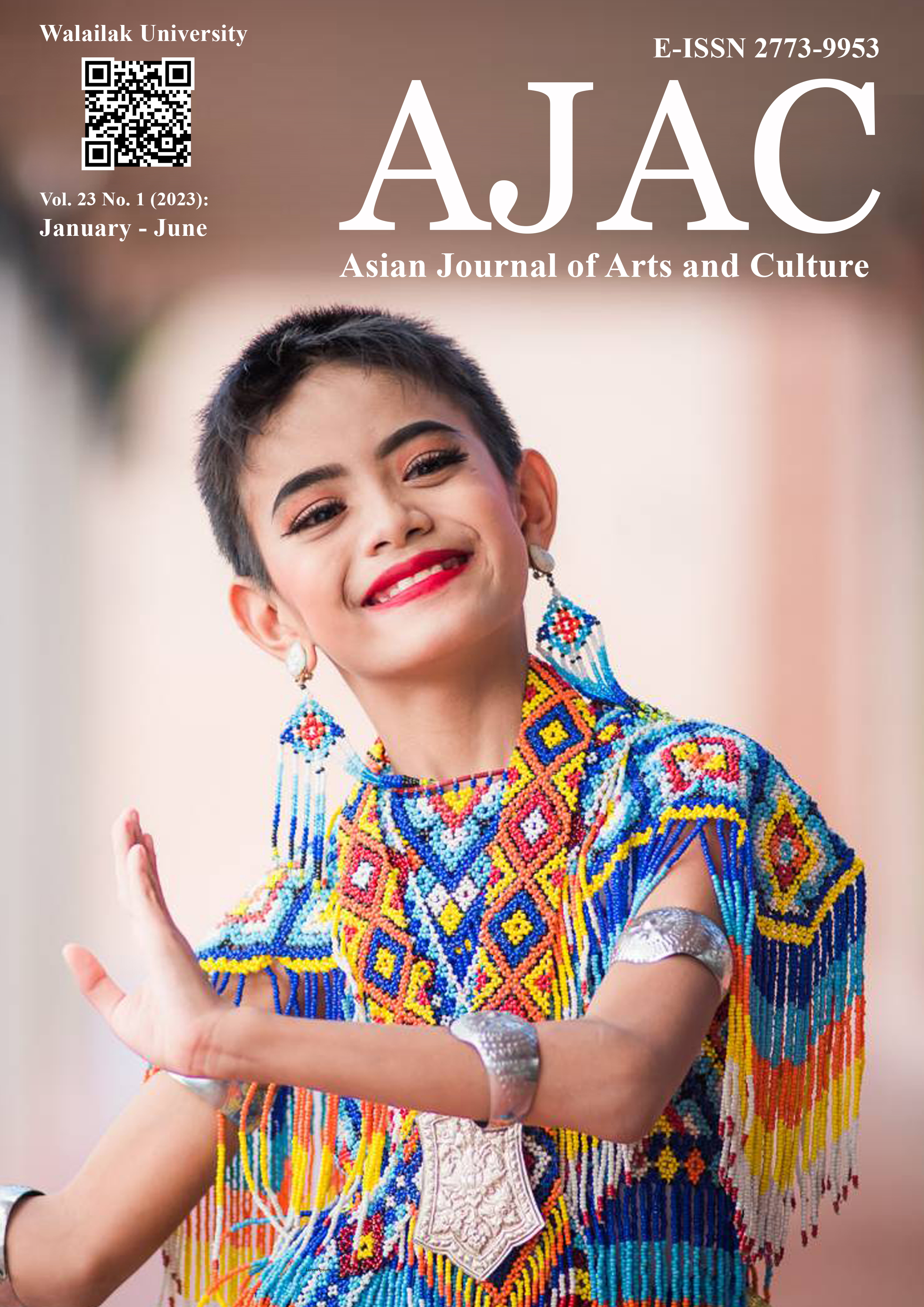Creative Application of Yao Ethnic Festival Portraits in Souvenir Design
Main Article Content
Abstract
The purpose of this article is to explore the method and practice of designing cultural tourism souvenirs based on Yao festival elements, take Yao festival-themed tourism souvenir design as a design case to summarize the application method of festival image resources in tourism souvenir design. The main framework follows “collect and analyzing data-summarizing and synthesizing-designing practice”.Conclusion: (a)the principles of traditional festival-themed tourism product design.(b)the core design concept of "souvenir + X" was proposed to strengthen the comprehensive functional attributes of tourism souvenirs, and is demonstrated by design cases.The significance of this paper is to promote the development of traditional festival tourism and cultural inheritance and innovation.
Article Details

This work is licensed under a Creative Commons Attribution-NonCommercial-NoDerivatives 4.0 International License.
© 2018 by Asian Journal of Arts and Culture, Walailak University. All rights reserved.
References
Choo, H., Park, D.-B., & Petrick, J. F. (2022). Festival tourists’ loyalty: The role of involvement in local food festivals. Journal of Hospitality and Tourism Management, 50(March 2022), 57–66. https://doi.org/10.1016/j.jhtm.2021.12.002
Jide, M. (2016). Mei Shan painting interpretation. Guilin, China: Guangxi Normal University Press.
Liu, J. (2022). Digitally Protecting and Disseminating the Intangible Cultural Heritage in Information Technology Era. Mobile Information Systems, 2022, 1–10. https://doi.org/10.1155/2022/1115655
Liu, Y. (2022). Application of Digital Technology in Intangible Cultural Heritage Protection. Mobile Information Systems, 2022, 1–8. https://doi.org/10.1155/2022/7471121
Qi, Z., & Hong, L. (2011). Study on Design and Research of Tourist Souvenirs on the Background of Low-carbon Economy. Energy Procedia, 5, 2416–2420. https://doi.org/10.1016/j.egypro.2011.03.415
Shan, C. (2018). Yao Shuilu Painting. Chengdu, China: Sichuan University Press.
Tama, I. P., Azlia, W., & Hardiningtyas, D. (2015). Development of Customer Oriented Product Design using Kansei Engineering and Kano Model: Case Study of Ceramic Souvenir. Procedia Manufacturing, 4,328–335. https://doi.org/10.1016/j.promfg.2015.11.048
Vajirakachorn, T., & Chongwatpol, J. (2017). Application of business intelligence in the tourism industry: A case study of a local food festival in Thailand. Tourism Management Perspectives, 23, 75–86. https://doi.org/10.1016/j.tmp.2017.05.003


